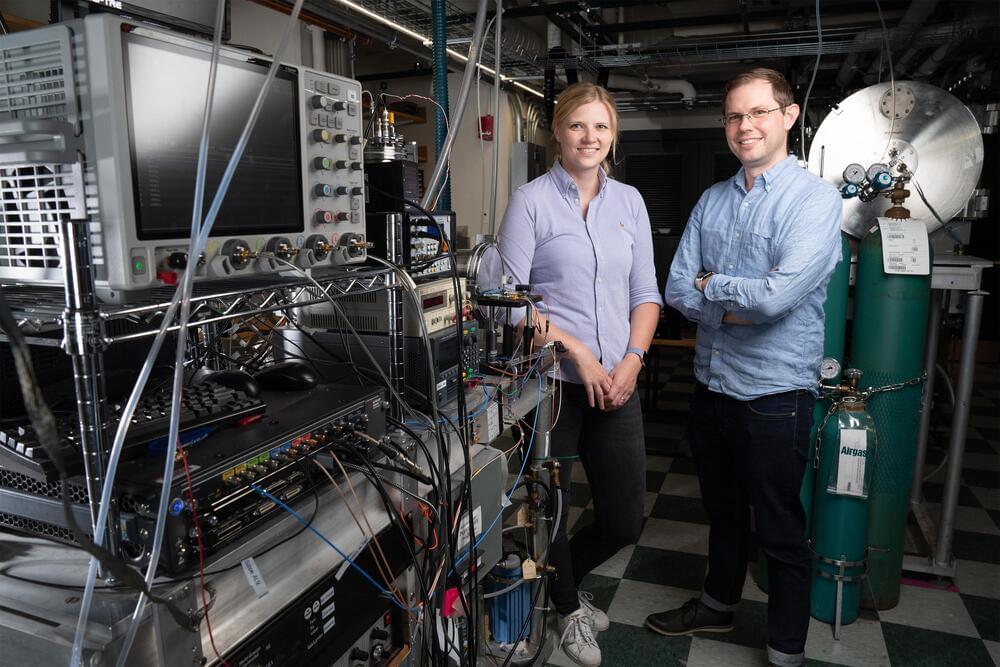Remember to watch part 1: https://youtu.be/tANAl15CCLE
Welcome to the year 2,324, where humanity has transcended its Earthly origins to build civilizations across the solar system. Mars, Titan, and even the clouds of Venus are now home to more than 2.5 billion people, thanks to anti-aging technologies and AI-driven advancements. But how did we get here? And what does life look like in this brave new world? In this continuation of my speculative future series, I explore the political structures, societal shifts, and technological innovations that define our interplanetary existence. Get ready for a journey through a transformed solar system!
Like, comment, and subscribe to join me in imagining our cosmic future!
Credit to ‘StolenMadWolf’ for creating the collection that several of the solar system flags in this video are based on: https://www.deviantart.com/stolenmadwolf/gallery/82886572/sol-flag-collection







